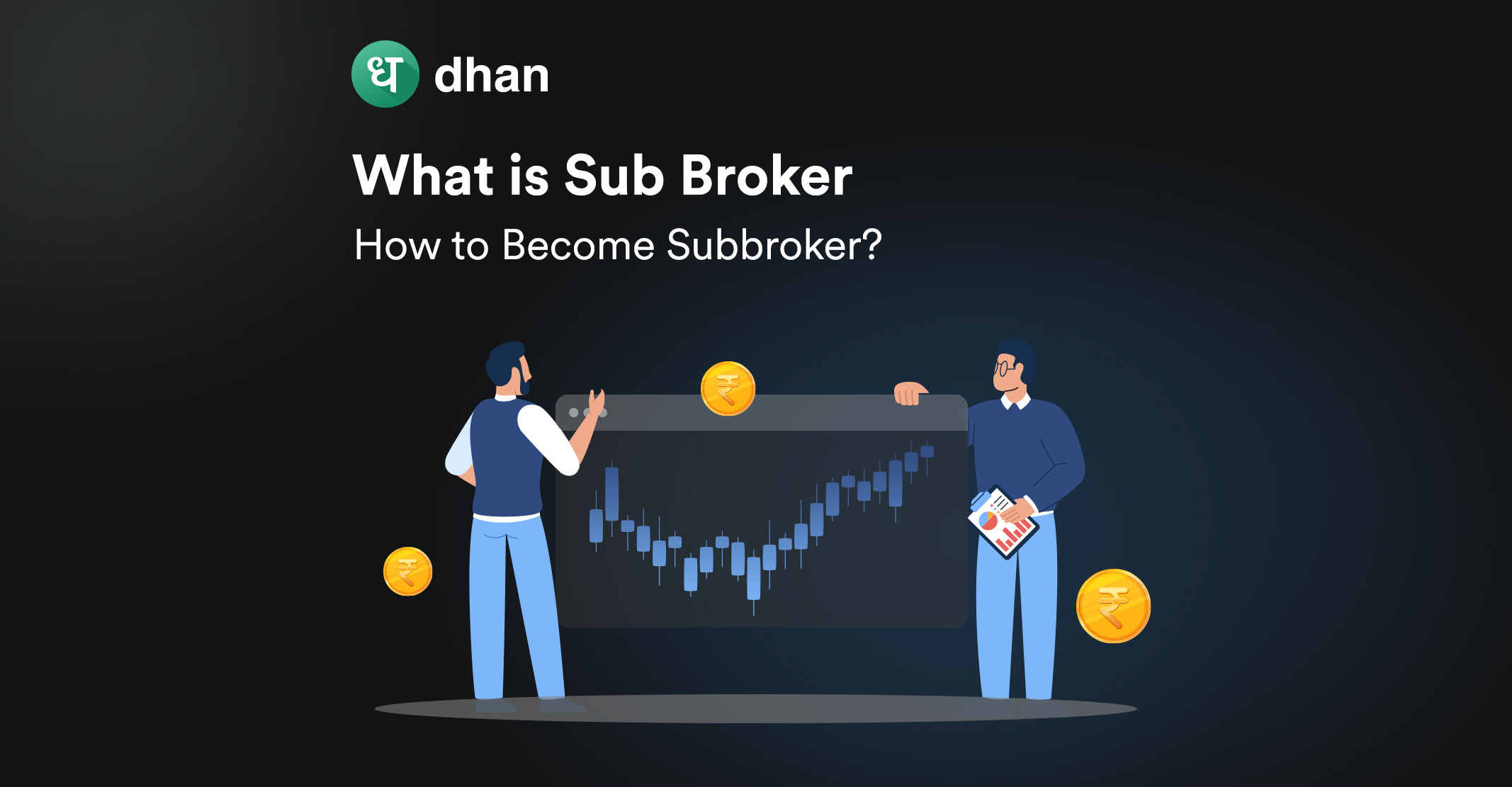Often traders use various types of trading techniques to make the most out of the market. One of those techniques is position trading.
This trading technique focuses on medium to long-term growth and ignores short-term price movements.
Traders who adopt position trading strategies are called position traders. In this blog, you’ll learn more about position trading, strategies, tools, and much more. Keep reading!
What is Position Trading?
Position trading focuses on holding stocks for a long time instead of quickly selling them. In this approach, you as a trader would look to capture the bigger trends in the market. The focus is on being patient and not stressing over short-term losses.
Traders using position trading analyze different elements like economic conditions, overall market trends, and fundamentals of a company. It’s a smart way of trading that requires careful planning.
Moreover, there are facilities like Margin Funding available to ensure that position traders can trade more with less, effectively requiring less margin.
<Margin Funding means buying and selling securities with a fraction of the required amount>
How does Position Trading Work?
Position trading is about thinking long-term instead of quickly buying and selling. Traders who undertake this trading look at big trends in the market.
Instead of constant trading, they choose positions they believe will grow over time and keep them for a while, such as months.
Position traders stay calm even when the market fluctuates. They use tools like trend analysis and moving averages to decide when optimal entry and exit points are.
Position trading saves time as well as efforts to constantly track the market and modify or square off trades.
Example of Position Trading
Let’s take an example to understand position trading. You believe that it is lucrative to buy shares of a solar company.
With position trading, you buy the shares of that company and keep them for two months given that the company’s quarterly result will be out then.
Based on its financial statements in the past, you think that the company will perform well and you stand a chance to profit if you buy that stock.
So, you enter the trade and hold the stock until that event. This is called position trading.
Position trading lets you stay calm when the market goes up and down a little, and you aim for long-term profits by holding onto the shares for a while based on trends you witness.
Position vs. Swing Trading
Many times, people use position and swing trading interchangeably. While both fall under the general umbrella of delivery trading, they are quite distinct. Let’s understand.
| Aspect | Position Trading | Swing Trading |
| Time | Medium to Long-term | Short to Medium-term |
| Trade Duration | Weeks, Months, or Years | Days to Weeks, Sometimes Months |
| Analysis | Fundamental Analysis and Macroeconomic Trends | Technical Analysis and Price Patterns |
| Traders Frequency | Low | Moderate to High |
| Emotional Impact | Low Stress | Medium Stress |
| Risk Intolerance | Lower Risk | Moderate to Higher Risk |
| Profit Potential | Moderate | Low (Frequent Profit Opportunities) |
| Suitable For | Traders with a Long-term View | Traders Looking for Short-term Opportunities |
Position Trading Strategies
Now that the basics are covered, let us explore position trading strategies. Position trading may seem straightforward, but it requires in-depth analysis of both fundamental and technical aspects, along with a solid grasp of the market. You can use the following key strategies for taking positional trades:
1. Support and Resistance
By recognizing support and resistance levels, you can gauge whether an asset’s price is likely to move downward or upward.
2. Breakout Trading
In breakout trading, traders try to open a position early in a trend, aiming to catch big price movements from the start. Like support and resistance trading, breakout trading involves making decisions based on certain levels.
3. Range Trading
Range trading thrives in markets that fluctuate without a clear trend. This strategy takes advantage of the market’s tendency to fluctuate within a specific price range rather than following a clear upward or downward trend.
4. Pullback Trading
A pullback happens when the price of an asset temporarily dips during an overall upward trend. Traders use a pullback and retracement strategy to take advantage of these temporary price drops. The goal is to buy when prices are low during the pullback and sell when the asset resumes its upward movement.
Tools for Position Traders
Here are essential tools to help position traders make informed decisions:
1. Trend Analysis: Use tools that help identify and analyze long-term trends in the market.
2. Economic Indicators: Stay informed about broader economic conditions that may impact your trades.
3. Technical Indicators: Utilize indicators like the Relative Strength Index or Moving Average Convergence Divergence for additional insights. Other technical tools include moving averages, Bollinger bands, and Fibonacci retracement.
4. Risk Management Tools: Implement tools like stop-loss orders to protect your investments.
5. Financial News Sources: Regularly follow reliable financial news to stay updated on recent market trends and developments.
Best Timeframe for Positional Trading
Positional trading involves holding trades for an extended period and demands careful consideration of the timeframe. The best timeframe for this strategy typically ranges from weeks to months.
Unlike day trading, which involves quick buying and selling within a single day, positional traders focus on trading market trends. For these, traders can use Weekly and monthly charts.
These longer timeframes offer a clearer perspective on the overall market direction, allowing traders to ride the trend with reduced noise from short-term fluctuations.
Positional trading is not constrained by the minute-by-minute fluctuations that shorter timeframes emphasize. This allows traders to make informed decisions, reducing the impact of short-term market volatility on their positions.
Is Position Trading Risky?
Position trading isn’t as quick or intense as short-term trading but still has risks. When you keep positions for a long time, things like market changes, economic shifts, and unexpected events can affect them.
You need patience and the ability to take on risks since positions are held for a while. To reduce risks, it’s crucial to use strategies like setting stop-loss orders.
While position trading can bring good returns, it’s important to understand how the market works and know how much risk you’re comfortable with before diving in.
Conclusion
Position trading or positional trading is a form of trading that involves buying a stock or security and holding on to it for weeks or months. It is a moderately risky trading strategy that is similar to swing trading.
Positional trading needs patience and discipline. You need to understand the risks, tools, and time frames involved to gain success as a position trader.



